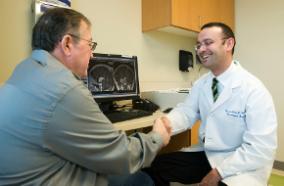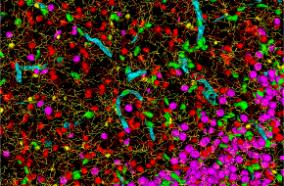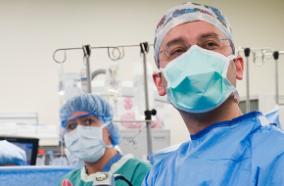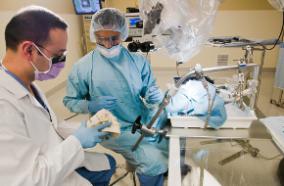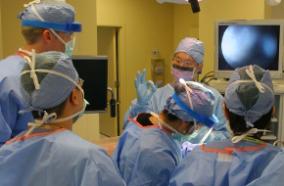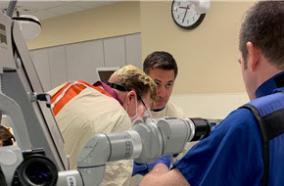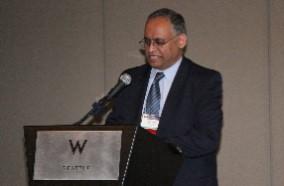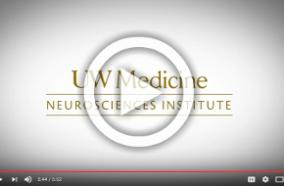Sutureless valve and rapid deployment valves: a systematic review and meta-analysis of comparative studies.
Sutureless valve and rapid deployment valves: a systematic review and meta-analysis of comparative studies.
Ann Cardiothorac Surg. 2020 Sep;9(5):364-374
Authors: Flynn CD, Williams ML, Chakos A, Hirst L, Muston B, Tian DH
Abstract
Background: The treatment of aortic valve disease is the most common valvular surgery in industrialized nations, with 3-9% of the population over the age of eighty having at least moderate aortic stenosis. As transcatheter aortic valve replacement (TAVR) has become more established, newer surgical prostheses have been developed with a variety of anchoring systems that do not rely solely on sutures to hold the valve in an appropriate position. The Edwards Intuity valve is a bovine pericardial prosthesis that is modelled on the widely implanted Perimount MagnaEase aortic prosthesis. The Perceval valve is a bovine pericardial valve attached to a self-expanding nitinol stent, which uses the radial force exerted on the patient's aortic annulus and aortic root by the stent portion to hold the valve in position. This meta-analysis compares the outcomes of comparative studies of these two valve systems.
Methods: This systematic review and meta-analysis compares the outcomes of rapid deployment valves (RDV) and sutureless valves (SURD) and was performed in accordance with the Preferred Reporting Items for Systematic Reviews and Meta-Analyses (PRISMA) recommendations and guidance. The search strategy interrogated six electronic databases. Outcomes measured included all-cause mortality at latest follow up, stroke, cross-clamp and cardiopulmonary bypass (CPB) times, pacemaker implantation rates, paravalvular leak and post-operative transvalvular gradient.
Results: The search strategy identified 407 unique papers for initial assessment with seven studies qualifying for inclusion in the analysis. The outcomes of 4,076 patients (1,650 RDV, 2,426 SURD) were included. There was no difference in mortality, stroke or moderate or worse paravalvular regurgitation between the two groups. SURD had significantly shorter CPB time by 15.7 minutes [95% confidence interval (CI): 4.2-27.1; P=0.007] and a shorter cross-clamp time by 11.3 minutes (95% CI: 6.3-16.3; P<0.001) compared to RDV. RDV had a lower post-operative transvalvular gradient by 2.5 mmHg (95% CI: 1.2-3.8; P<0.001) and a lower rate of mild paravalvular regurgitation (OR 2.51; 95% CI: 1.435-4.768; P=0.004).
Conclusions: Both valve types have an adequate safety profile and are comparable to conventional sutured prostheses. There was a significant reduction in cross-clamp and CPB times associated with SURD. This may be of benefit for patients requiring multiple concomitant procedures and increases the utility of minimally invasive valve replacement. However, SURD was associated with higher post-operative transvalvular gradients and a higher incidence of paravalvular regurgitation.
PMID: 33102175 [PubMed]

